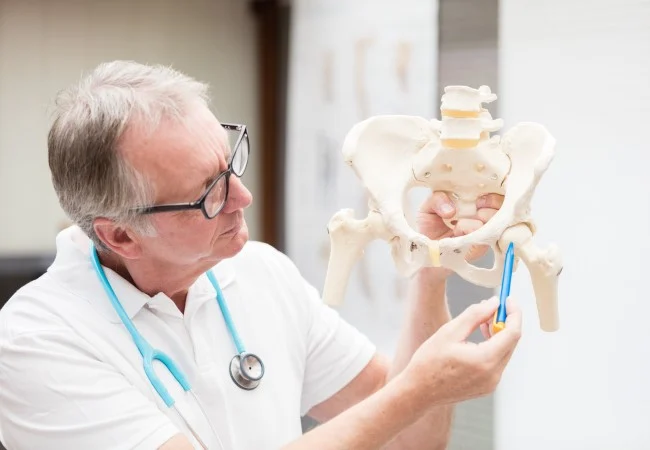A broken bone that doesn’t heal as expected can be troubling. This is what we call a non-union fracture. It needs careful attention. vestavia hills orthopedic surgeon and many others play a crucial role here. They guide the healing process with expertise and skill. They use techniques that ensure the bones are mended properly. Understanding the involvement of these specialists helps in appreciating the path to recovery.
Understanding Non-Union Fractures
Non-union fractures occur when a broken bone fails to heal naturally over time. This can be due to poor blood supply, instability at the fracture site, or infection. The pain and immobility that accompany non-union fractures can disrupt daily life.
The Role of Orthopedic Surgeons
Orthopedic surgeons are vital in diagnosing and treating non-union fractures. They bring an in-depth understanding of bone biology and healing processes. Their involvement spans several stages:
- Diagnosis: Using X-rays and other imaging techniques to assess the fracture.
- Treatment Planning: Developing a personalized plan that may include surgery, bone grafting, or stimulation techniques.
- Follow-Up Care: Monitoring the healing process and adjusting treatments as necessary.
Treatment Techniques
Orthopedic surgeons employ a variety of techniques to treat non-union fractures:
- Bone Grafting: Transplanting bone tissue to the fracture site to stimulate healing.
- Internal Fixation: Using metal plates, screws, or rods to stabilize the bone.
- Bone Stimulation: Using electrical or ultrasonic stimulation to promote bone growth.

Comparing Treatment Options
Different treatment options can be compared based on effectiveness and recovery time. Here’s a simple table to illustrate:
| Treatment | Effectiveness | Recovery Time |
| Bone Grafting | High | 6-12 months |
| Internal Fixation | Moderate | 3-6 months |
| Bone Stimulation | Varies | 4-8 months |
Importance of Routine Care
Routine care is more effective after treatment. Regular check-ups ensure the fracture is healing correctly, and any complications are addressed promptly. The surgeon guides the patient through physiotherapy exercises to restore function and mobility.
The Surgical Perspective
In some cases, surgery is necessary. The surgeon cleans the fracture site, removes any infection, and stabilizes the bone. The American Academy of Orthopaedic Surgeons offers detailed insights into surgical interventions. Learn more from the American Academy of Orthopaedic Surgeons.
Conclusion
Orthopedic surgeons are essential allies in treating non-union fractures. Through diagnosis, treatment, and routine care, they ensure that bones heal properly. Their expertise makes them indispensable in the journey towards recovery.

